In this article, we will explore the benefits, considerations, and best practices for building a stone façade. 1. Aesthetics and Timelessness: One of the key reasons to opt for a stone façade is its visual appeal and timelessness. Whether it’s a contemporary or traditional design, the natural beauty of stone adds character and sophistication to any building. The earthy colors, textures, and variations offer a level of charm that simply cannot be replicated by other materials. 2. Durability and Longevity: Stone façades are renowned for their exceptional durability and longevity. Stone is a robust and resilient material that can withstand the harshest weather conditions, including heavy rain, snow, extreme heat, and UV radiation. It does not rot, warp, or degrade over time, making it a sound investment for many years to come.
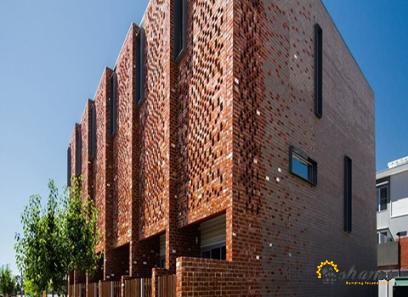
.
 3. Energy Efficiency: Stone exteriors have excellent thermal mass properties, making them an ideal choice for energy-efficient buildings. The dense nature of stone helps regulate indoor temperature by absorbing and releasing heat slowly. This reduces the reliance on artificial heating and cooling systems, resulting in lower energy consumption and cost savings in the long run. 4. Low Maintenance: Compared to other exterior cladding materials, stone facades require minimal maintenance. With occasional cleaning and sealing, stone can retain its natural beauty and structural integrity for decades. The durability of stone eliminates the need for frequent repairs or replacements, further reducing maintenance costs.
3. Energy Efficiency: Stone exteriors have excellent thermal mass properties, making them an ideal choice for energy-efficient buildings. The dense nature of stone helps regulate indoor temperature by absorbing and releasing heat slowly. This reduces the reliance on artificial heating and cooling systems, resulting in lower energy consumption and cost savings in the long run. 4. Low Maintenance: Compared to other exterior cladding materials, stone facades require minimal maintenance. With occasional cleaning and sealing, stone can retain its natural beauty and structural integrity for decades. The durability of stone eliminates the need for frequent repairs or replacements, further reducing maintenance costs.
..
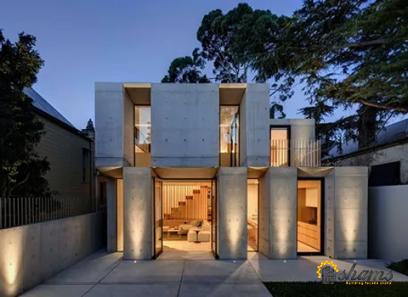 5. Considerations Before Construction: Before embarking on a stone façade project, consider the following factors: – Building Codes and Regulations: Check local building codes and regulations to ensure compliance, as some areas may have specific requirements for stone installation. – Structural Analysis: Assess the building’s structural capacity to support the added weight of a stone façade. – Stone Selection: Choose the appropriate type of stone based on factors such as climate, architectural style, and personal preferences. Options include granite, limestone, sandstone, and more. – Installation Method: Consult with experienced professionals to determine the most suitable installation method. Options include full bed mortar, thin veneer panels, or mechanically fixed systems.
5. Considerations Before Construction: Before embarking on a stone façade project, consider the following factors: – Building Codes and Regulations: Check local building codes and regulations to ensure compliance, as some areas may have specific requirements for stone installation. – Structural Analysis: Assess the building’s structural capacity to support the added weight of a stone façade. – Stone Selection: Choose the appropriate type of stone based on factors such as climate, architectural style, and personal preferences. Options include granite, limestone, sandstone, and more. – Installation Method: Consult with experienced professionals to determine the most suitable installation method. Options include full bed mortar, thin veneer panels, or mechanically fixed systems.
…
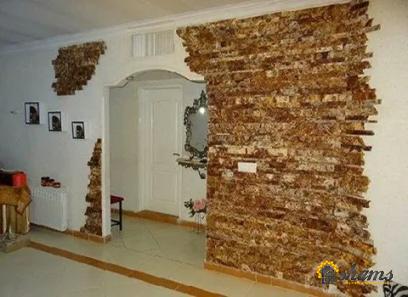 6. Best Practices for Installation: To ensure a successful and long-lasting stone façade, adhere to the following best practices: – Proper Surface Preparation: Ensure the substrate is clean, dry, and free from any contaminants that could compromise adhesion. – Weatherproofing: Install a moisture barrier to prevent water infiltration and subsequent damage. – Skilled Craftsmanship: Enlist experienced stone masons or contractors who specialize in stone installation. Their expertise will ensure an aesthetically pleasing and structurally sound result. – Regular Maintenance: Periodically inspect the façade for any signs of damage, cracks, or loose stones. Address any issues promptly to prevent further deterioration. Conclusion: Building a stone façade offers a unique opportunity to enhance the beauty, durability, and value of any structure. The timeless appeal, durable nature, energy efficiency, and low maintenance requirements make a stone façade an excellent choice. Before starting a project, carefully consider the various factors involved and follow best practices to achieve a stunning and long-lasting result.
6. Best Practices for Installation: To ensure a successful and long-lasting stone façade, adhere to the following best practices: – Proper Surface Preparation: Ensure the substrate is clean, dry, and free from any contaminants that could compromise adhesion. – Weatherproofing: Install a moisture barrier to prevent water infiltration and subsequent damage. – Skilled Craftsmanship: Enlist experienced stone masons or contractors who specialize in stone installation. Their expertise will ensure an aesthetically pleasing and structurally sound result. – Regular Maintenance: Periodically inspect the façade for any signs of damage, cracks, or loose stones. Address any issues promptly to prevent further deterioration. Conclusion: Building a stone façade offers a unique opportunity to enhance the beauty, durability, and value of any structure. The timeless appeal, durable nature, energy efficiency, and low maintenance requirements make a stone façade an excellent choice. Before starting a project, carefully consider the various factors involved and follow best practices to achieve a stunning and long-lasting result.

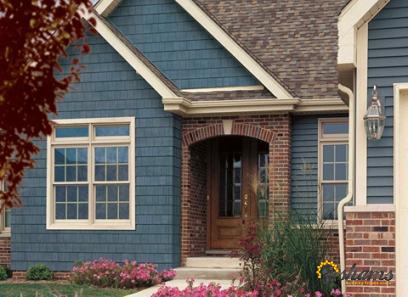
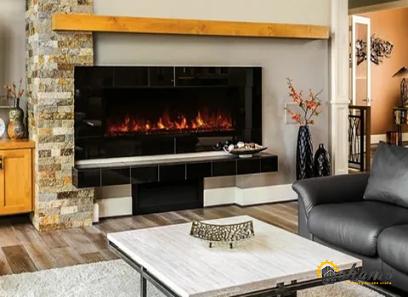
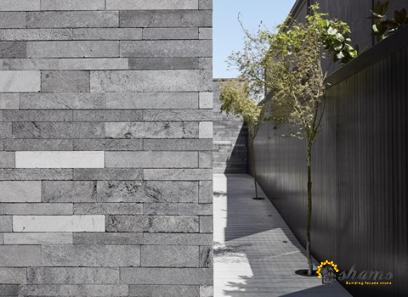
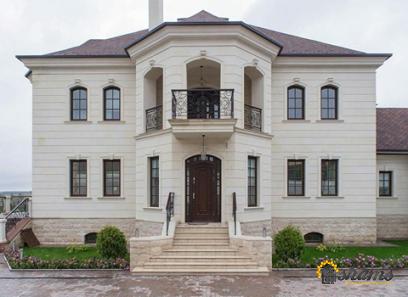
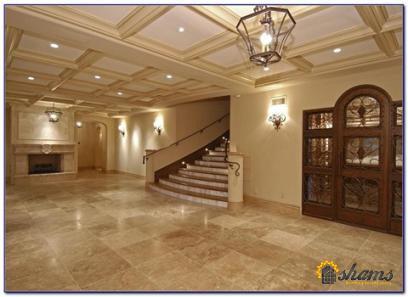

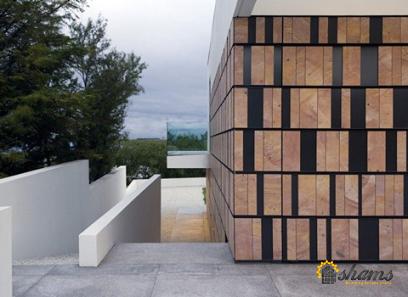
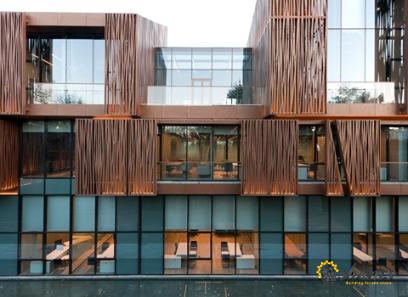
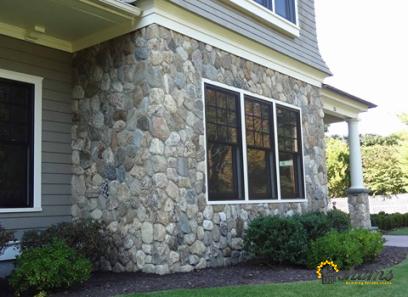
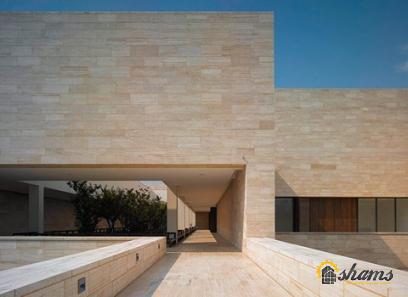
Your comment submitted.